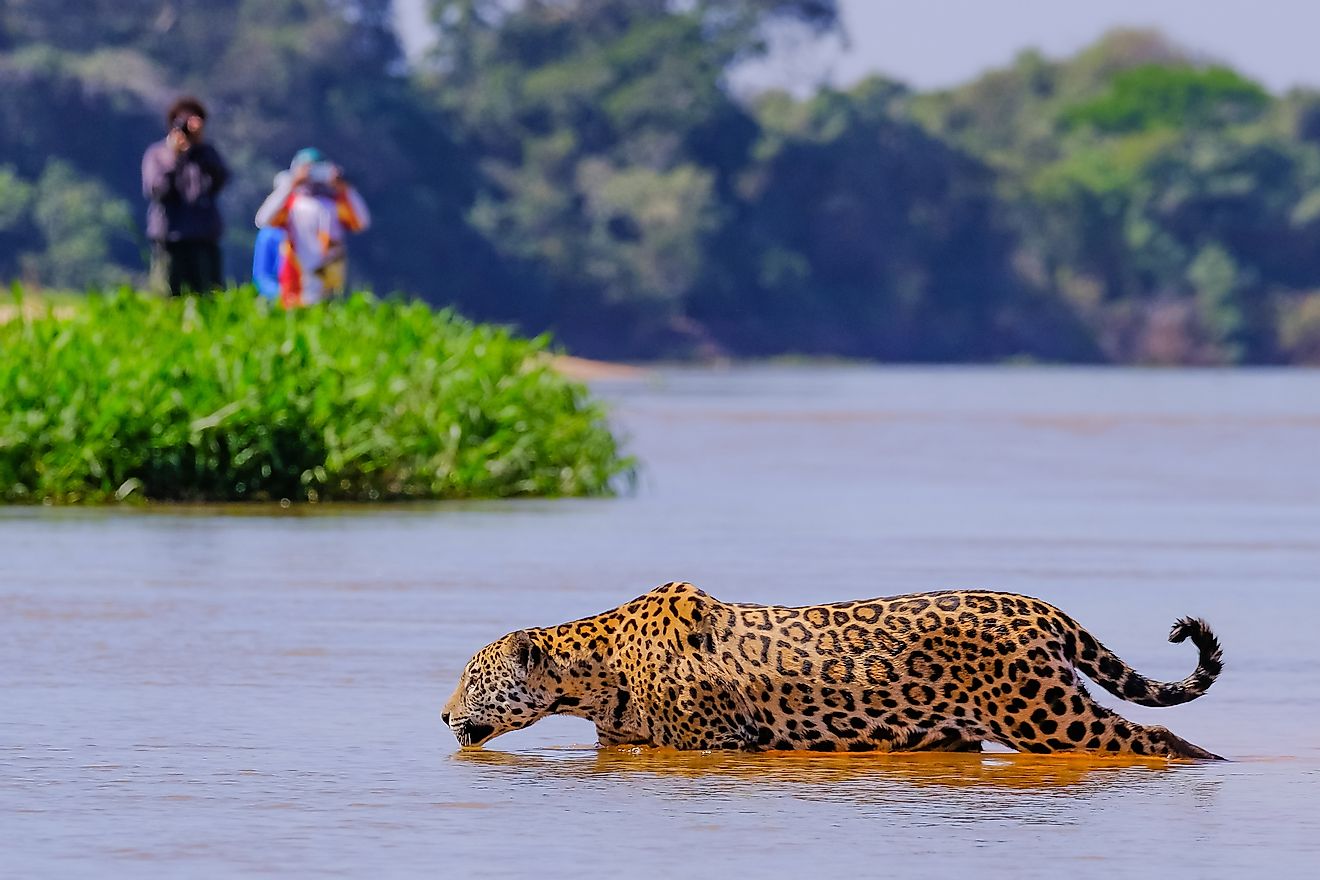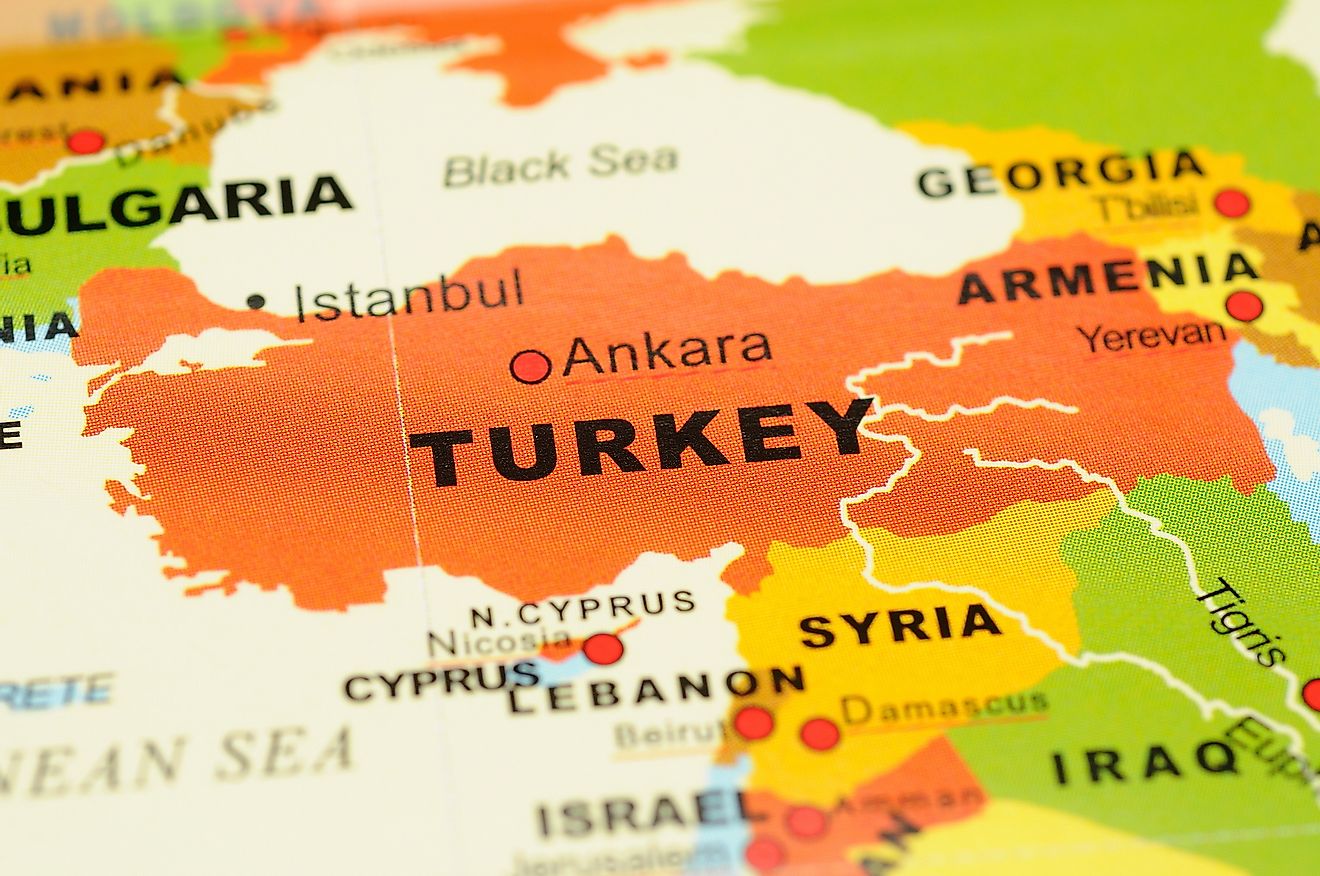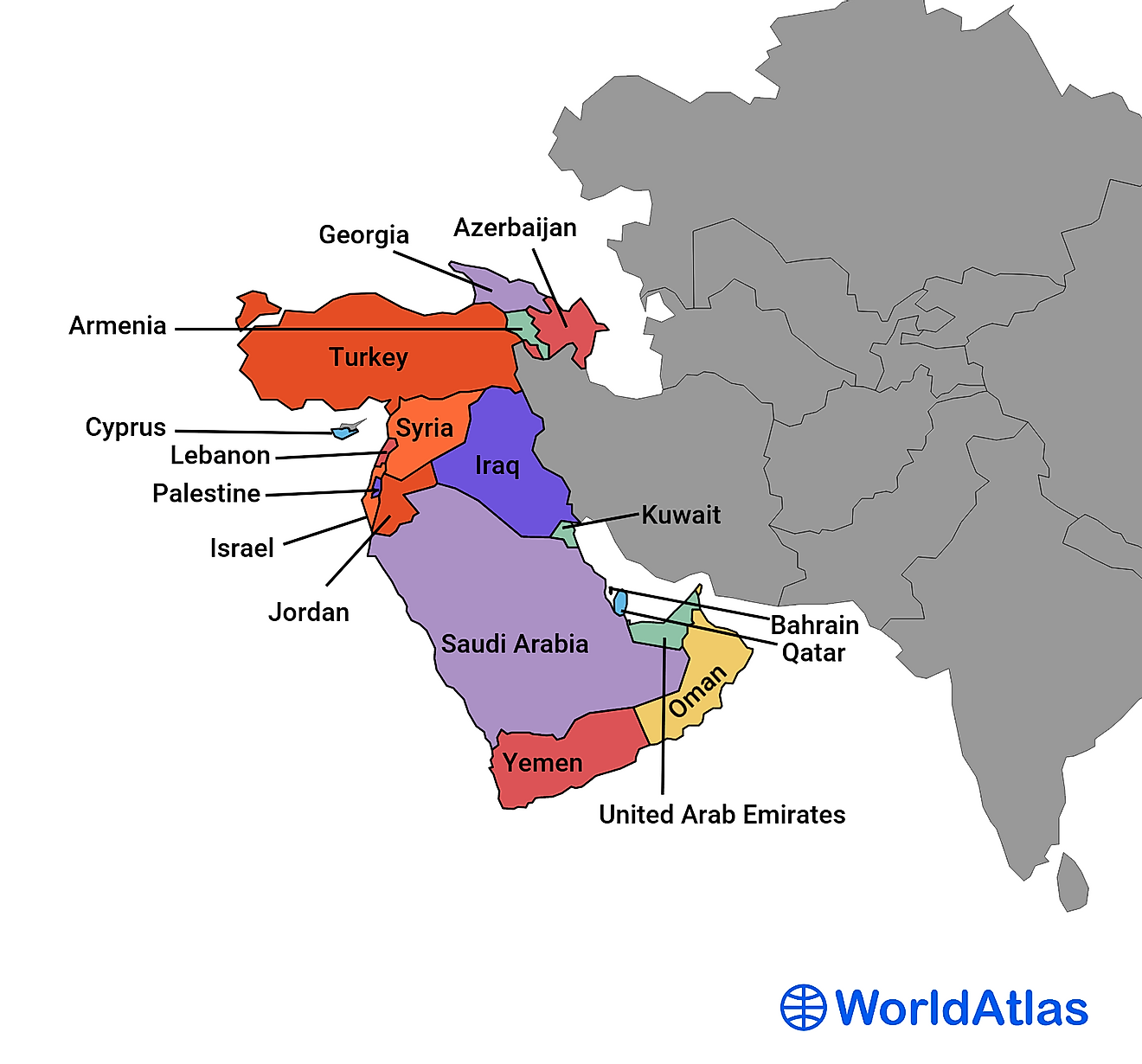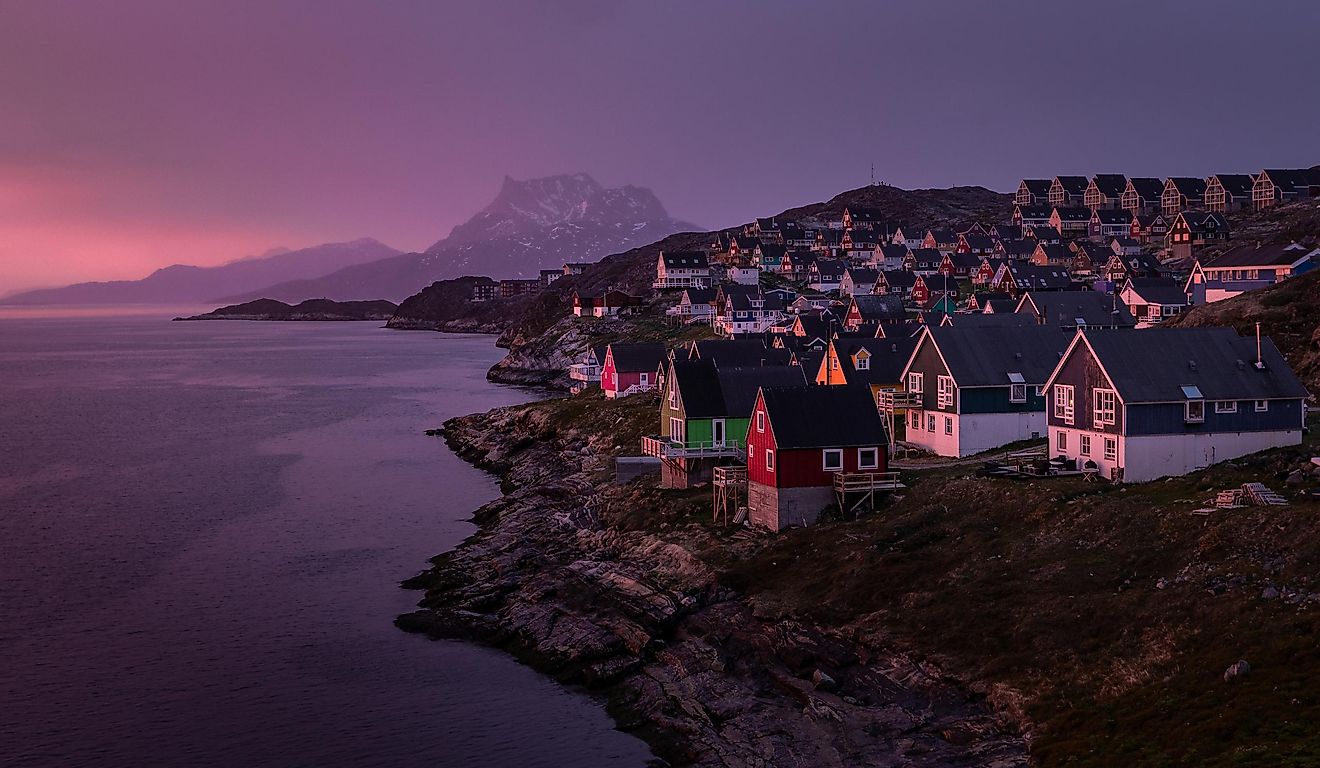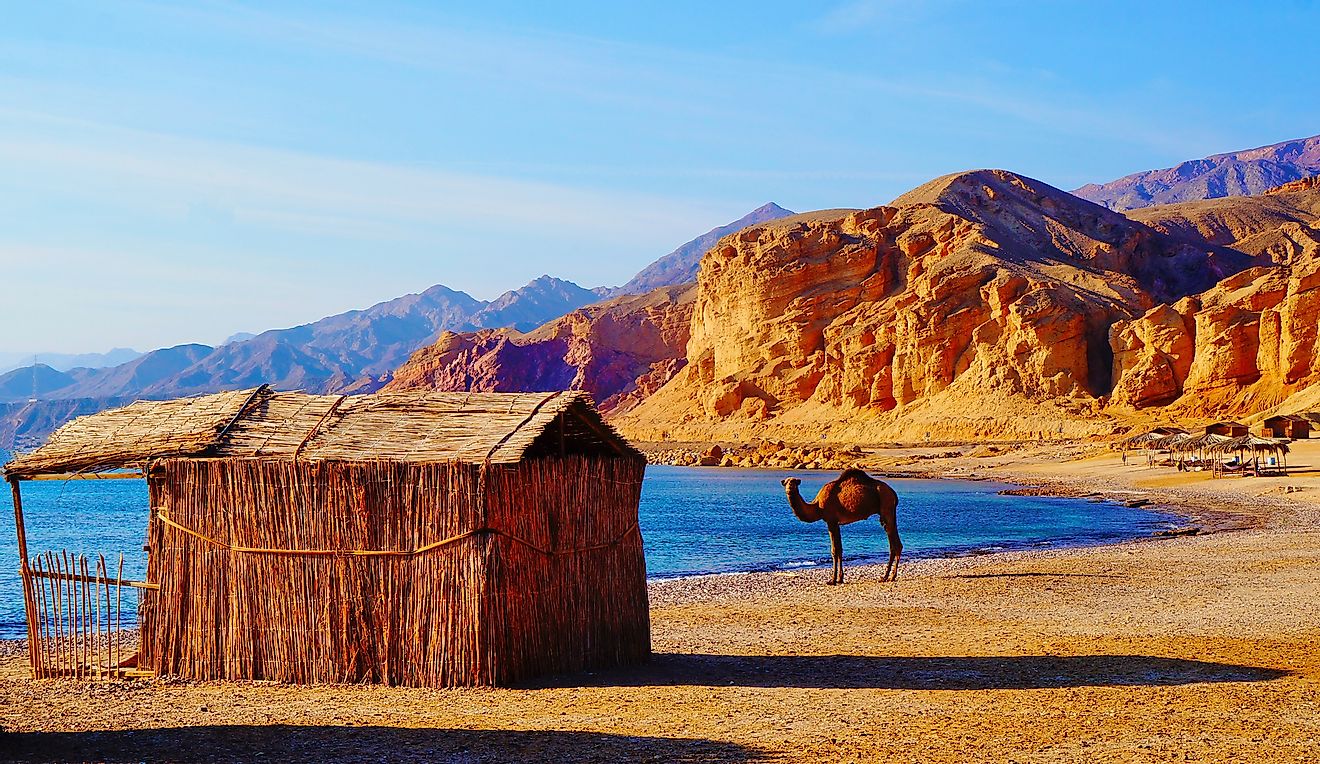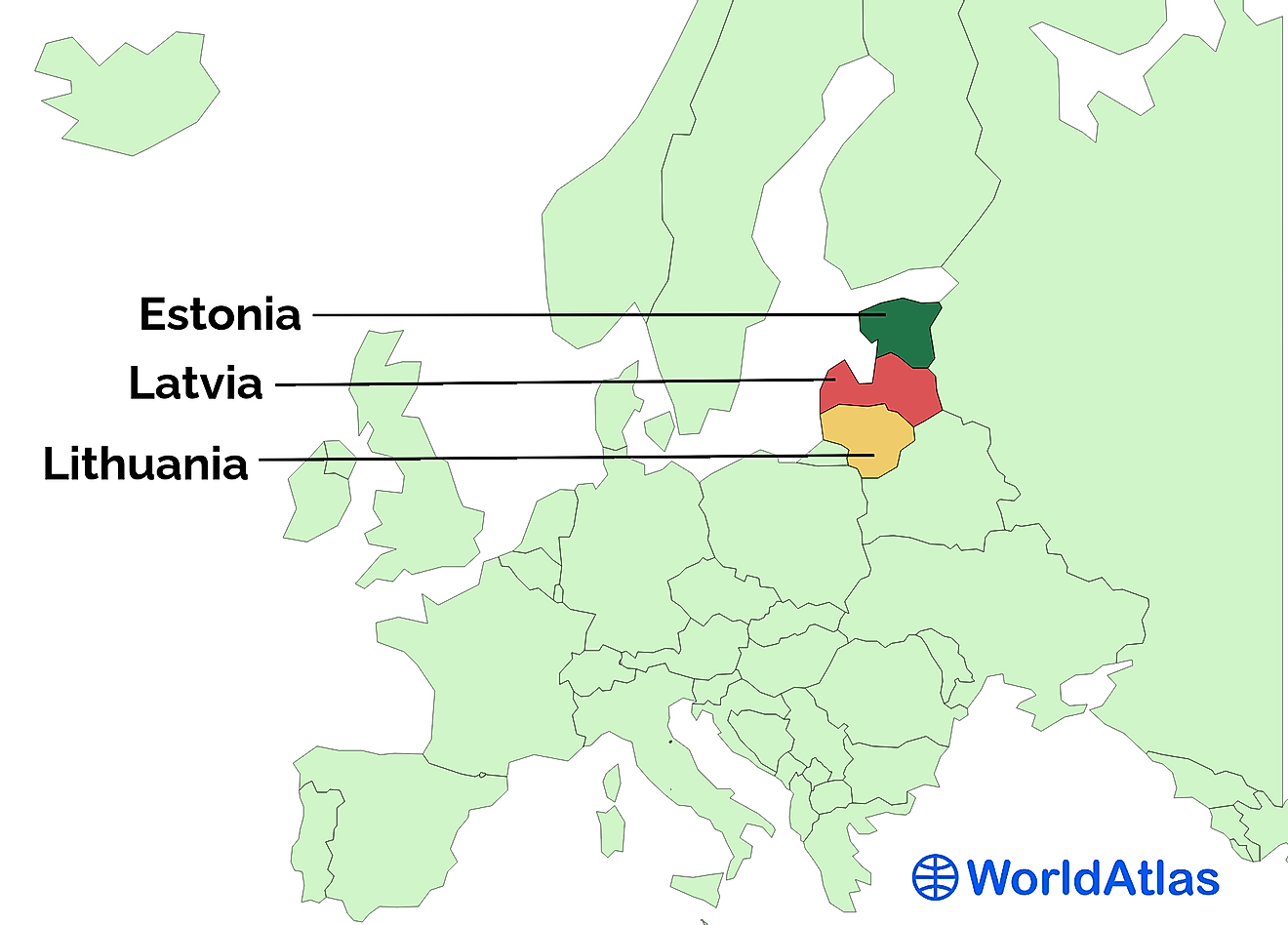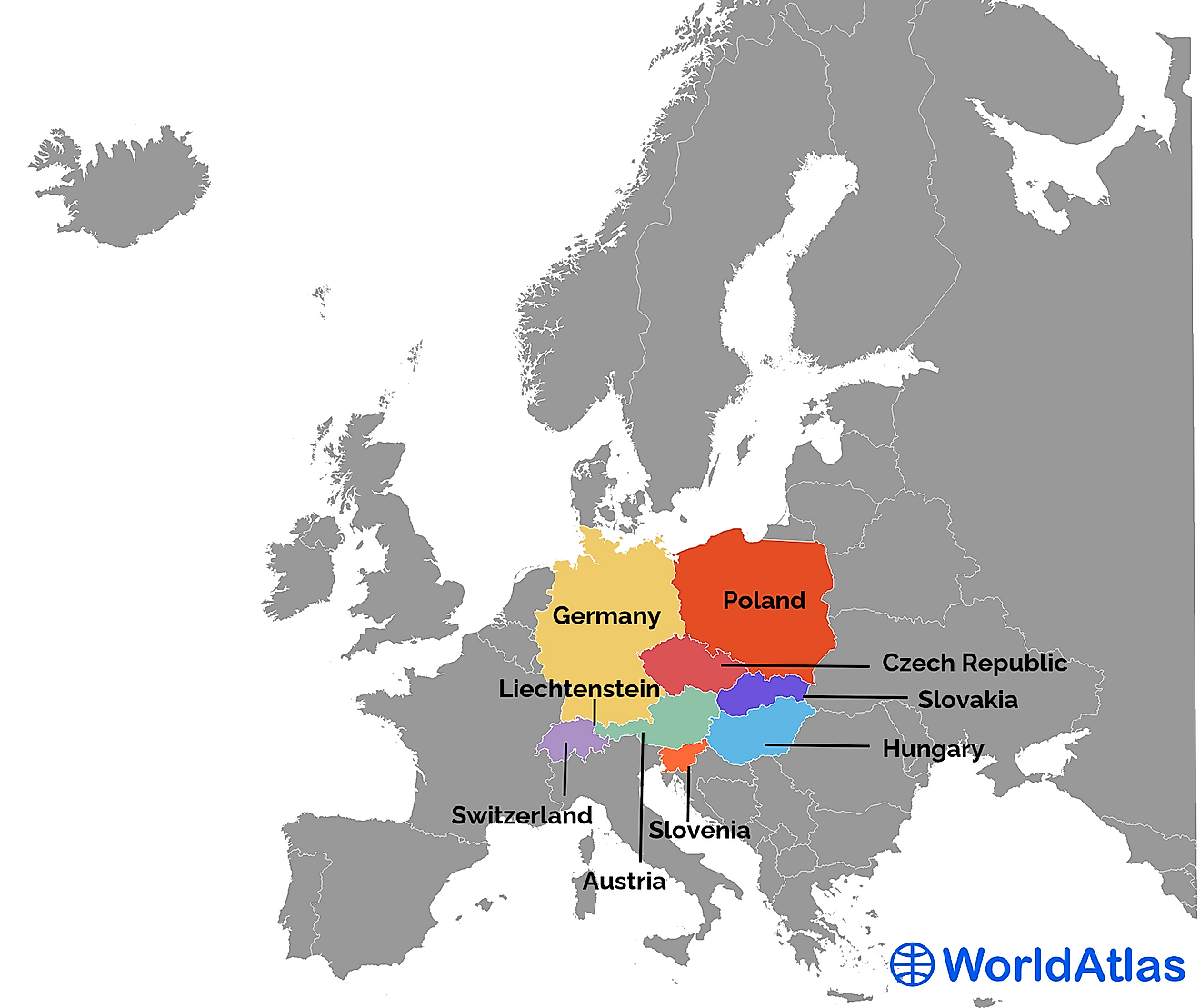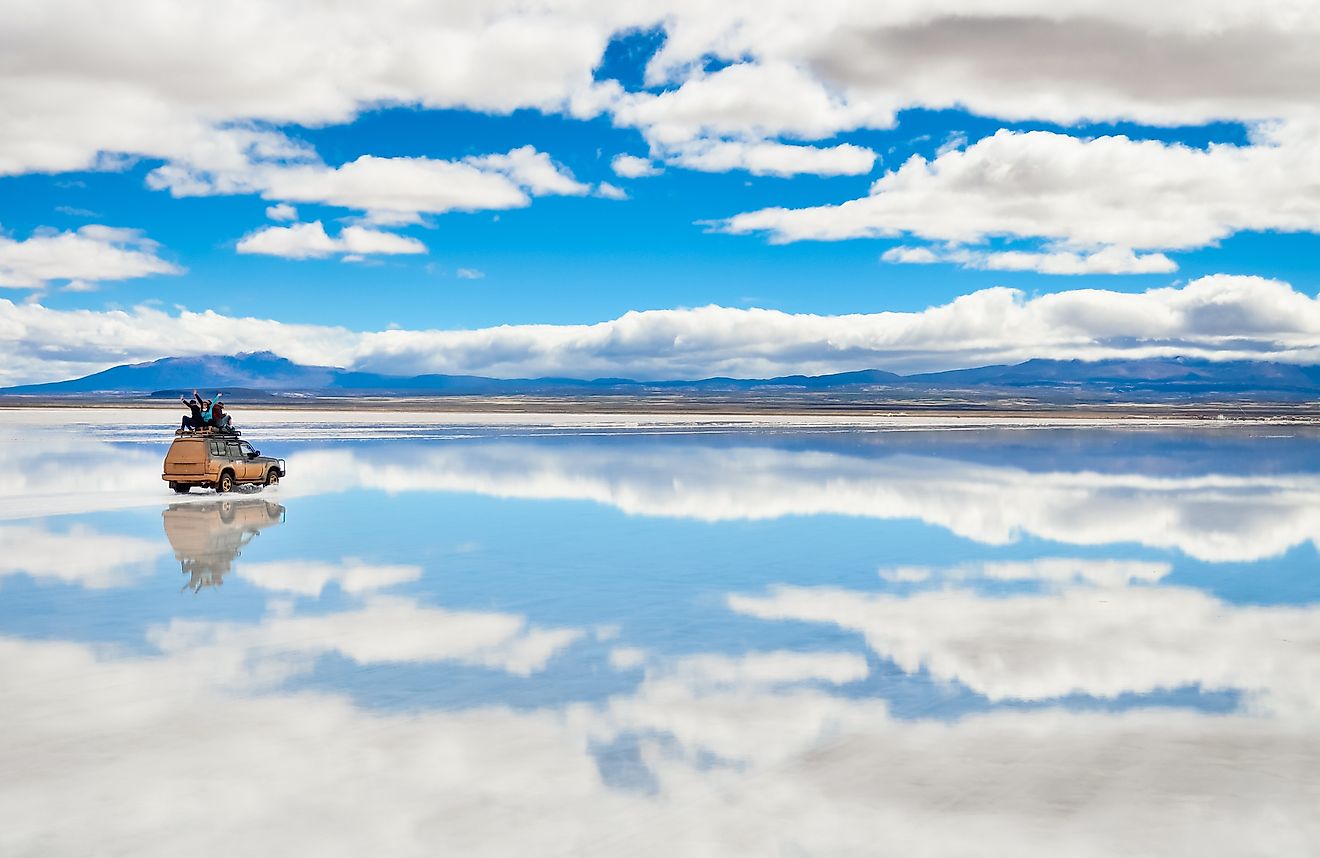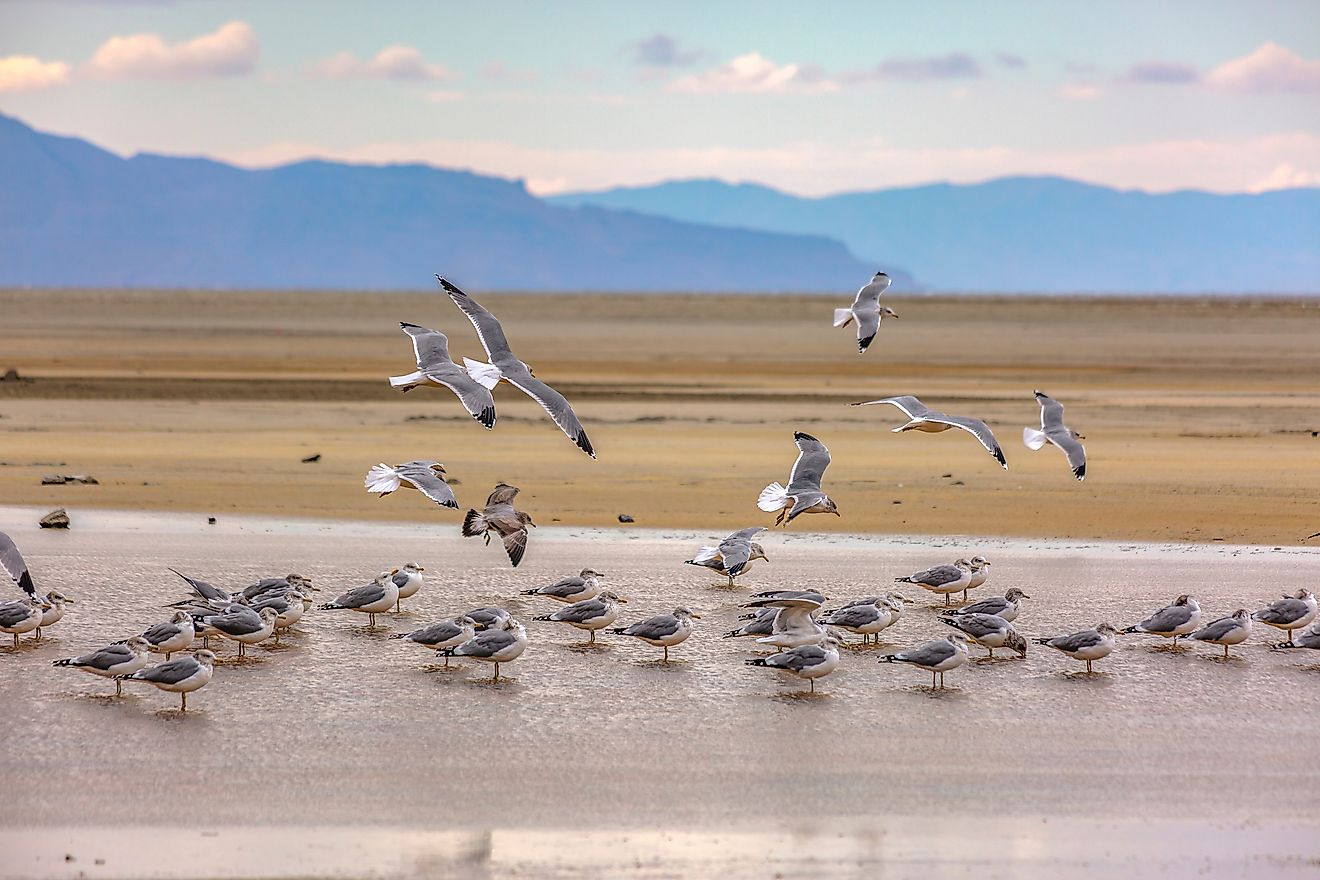8 Facts You Need to Know About Tectonic Plates
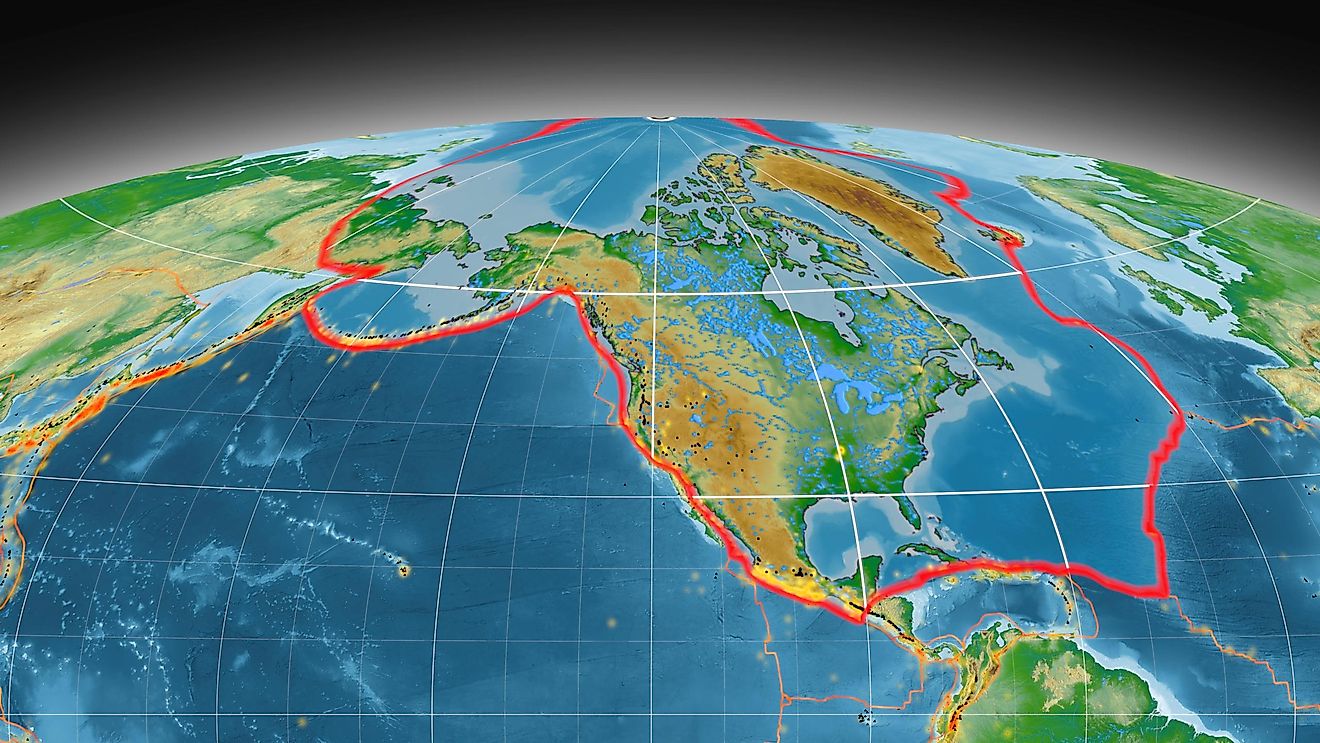
- There are four types of plate boundaries: divergent, convergent and transform boundaries, as well as the specific plate boundary zones that happen when the interactions between the plates are unclear.
- The temperature of the Earth's core is 4,300 degrees Celsius.
- The thickness of the Earth’s mantle is around 1,800 miles, and it makes up for 67% of the mass of our entire planet.
The plate tectonics theory has been widely accepted among scientists since the middle of the 20th century. Although many did not believe that the theory of our planet’s crust being made up of different plates could be true, they were eventually proven wrong. Today, this theory helps us understand our planet in ways that were impossible beforehand.
The theory of plate tectonics explains how all of the mountains were formed, and how earthquakes occur. It also helps us discover different minerals hidden beneath the surface of the Earth. Naturally, it is the reason we know how the continents were formed. Plate tectonics revealed the existence of the plates that form the crust of our planet, and in this article we will present you with the most important facts about them.
8. What Is the Exact Definition?
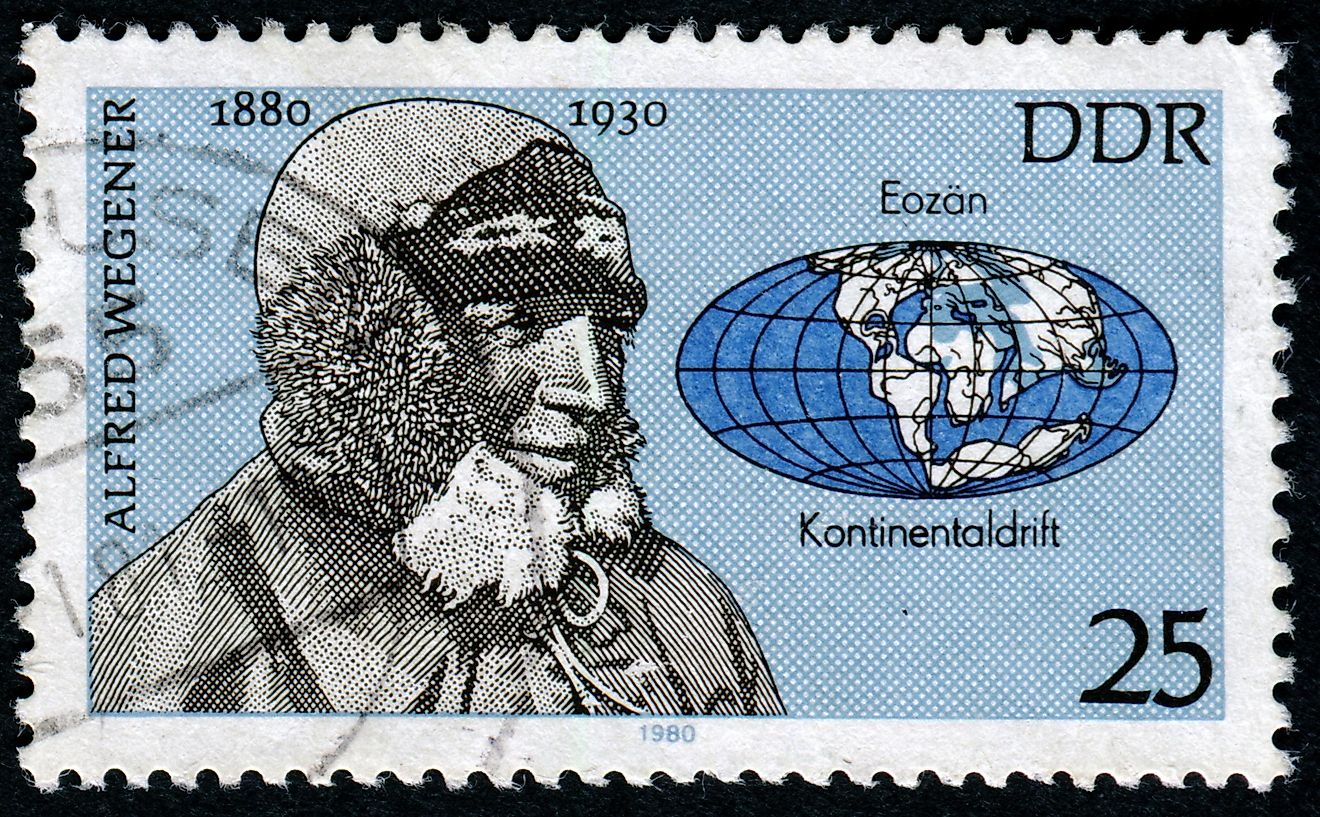
Plate tectonics is most commonly defined as a theory that explains the movement of the plates in the Earth’s crust, as well as all of the processes that happen within these plates. The theory was first introduced by Alfred Wegener in 1915, although it was not widely accepted until the 1960s. The first name of the theory was the Continental Drift, and it claimed that all of the continents were one in the beginning, but then drifted apart.
7. The Tectonic Plates
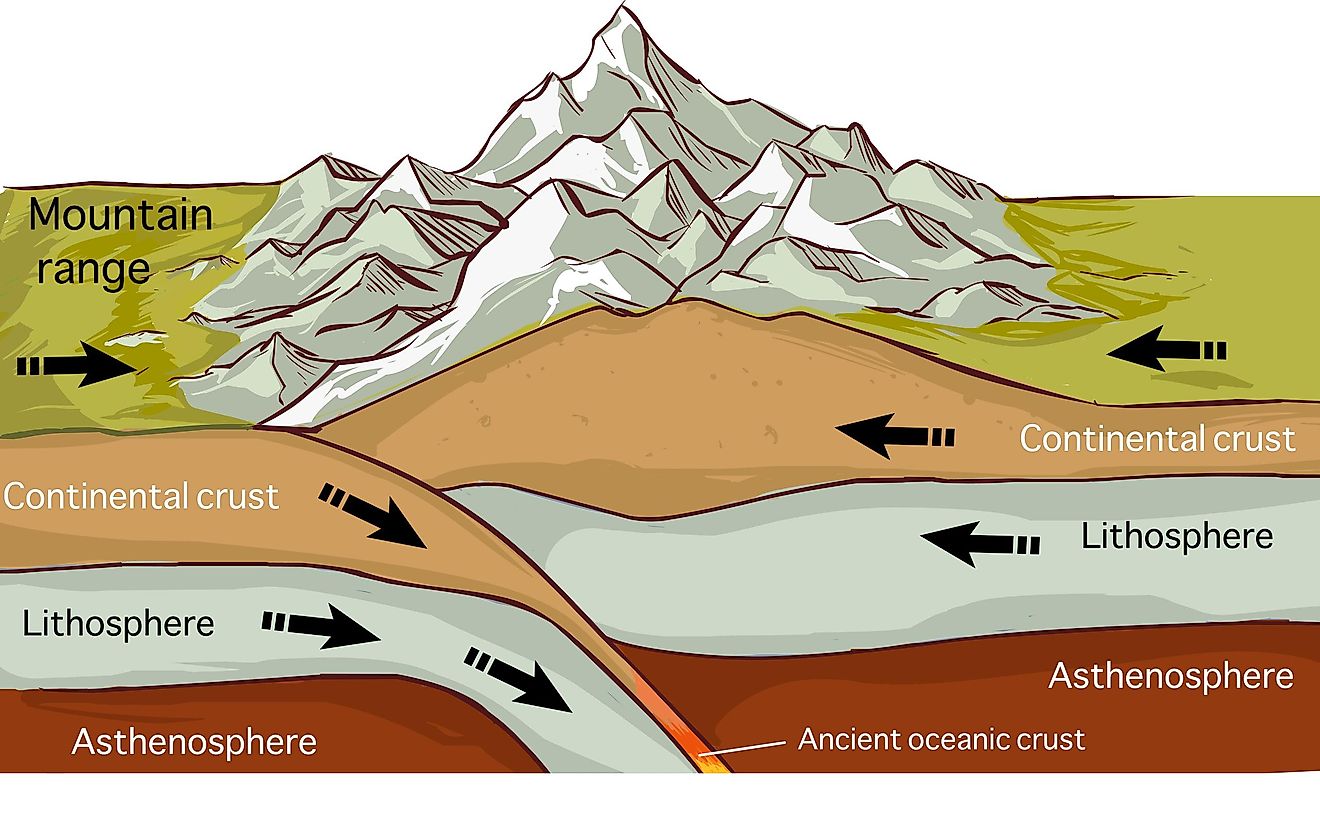
These plates vary in size but are mostly around 60 miles thick. They form the crust and mantle of our planet, often referred to under the common name the lithosphere. These plates move around the crust extremely slowly, and their movement is what causes volcanoes to form and earthquakes to happen. These plates can move because the Earth's lithosphere has a higher mechanical force than the layer beneath it. The result of this is convection, a slow-moving of the entire mantle of our planet.
6. The Divergent Plate Boundary
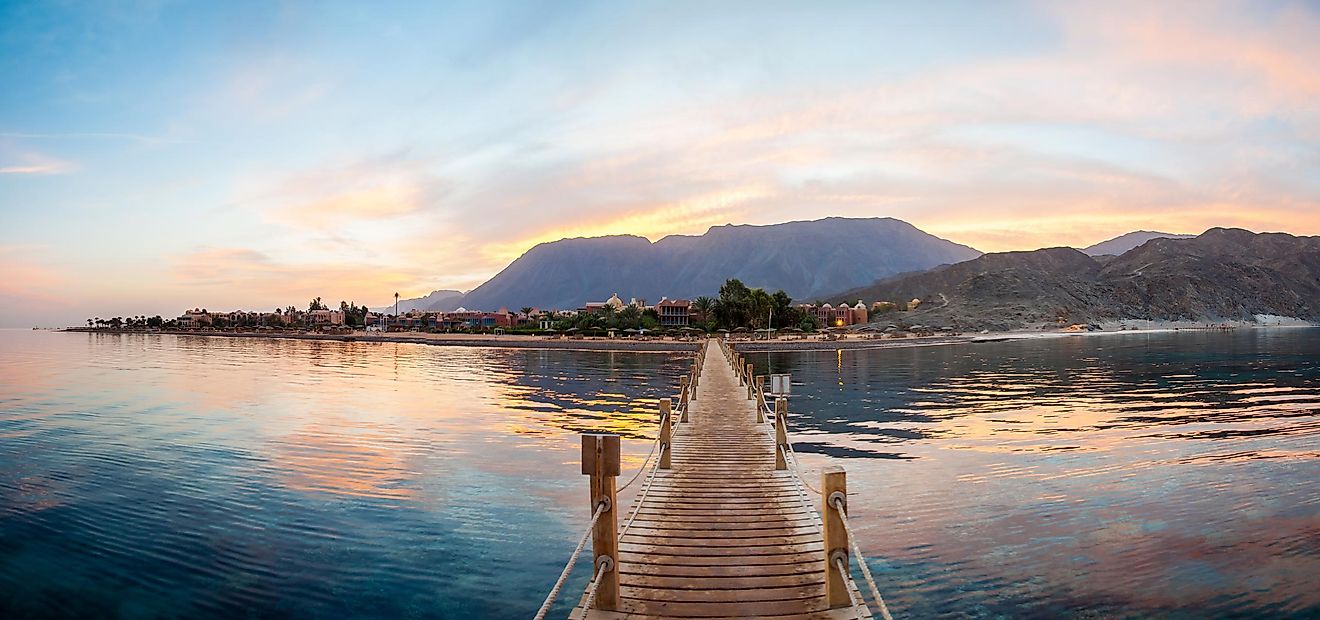
This is one of the possible boundaries that can occur between two plates. This one happens when the plates start moving in opposite directions from each other. It is one of the four main types of movements of the tectonic plates. Once the plates start moving away from each other, rift zones are created, and they are places with high volcanic activity. Many famous ridges were formed this way, including the East-African rift and the Red Sea.
5. The Convergent Plate Boundary
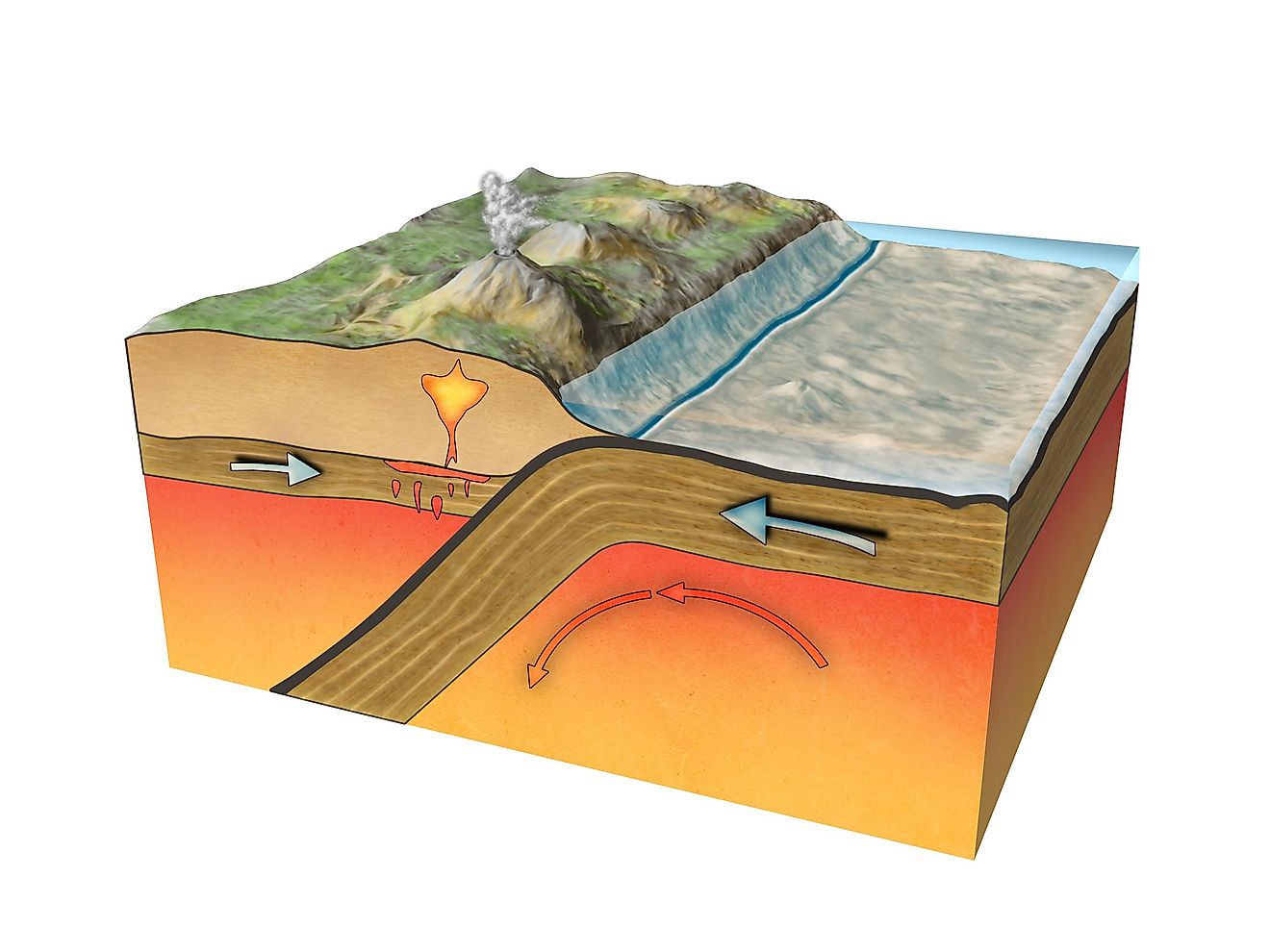
On the opposite side of the spectrum of the types of boundaries that exist between tectonic plates lies the convergent plate boundary. This boundary happens when the plates start moving towards each other, and the heavier plate starts to move underneath the lighter plate. This is responsible for the forming of oceanic trenches and high mountains.
These mountains also form when two plates meet but do not go underneath each other. They push against each other, and the material rises upwards, creating mountain ranges. When oceanic plates start moving towards each other, these boundaries are known to create areas of high volcanic activity.
4. The Transform Fault Boundary
This is a third type of boundary between tectonic plates that is also characterized by a specific type of movement. This happens when the plates move in opposite directions but are parallel to each other, meaning they slide past one another. This creates a fracture that mostly happens around the ocean floor, although some appear on the surface.
3. The Core Of The Planet
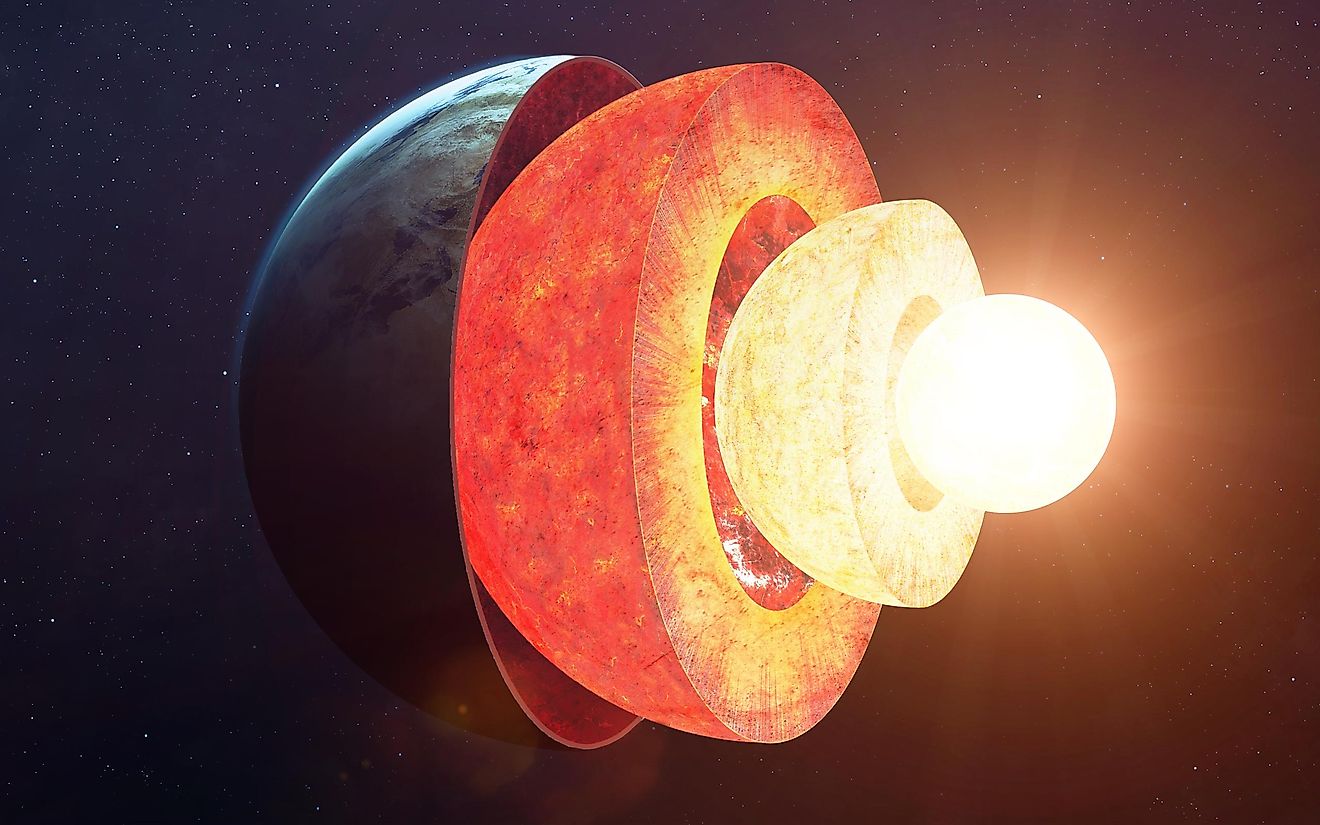
Underneath all of the plates and their activities we can find the Earth's core. It lies in the center of our planet and is known to be extremely hot. Its temperature is approximately 4,300 degrees Celsius. The material it is mostly made up of is iron, meaning it is solid for the most part. However, the core is surrounded by liquid material. It is one of the three zones that make up our planet.
2. The Earth’s Mantle
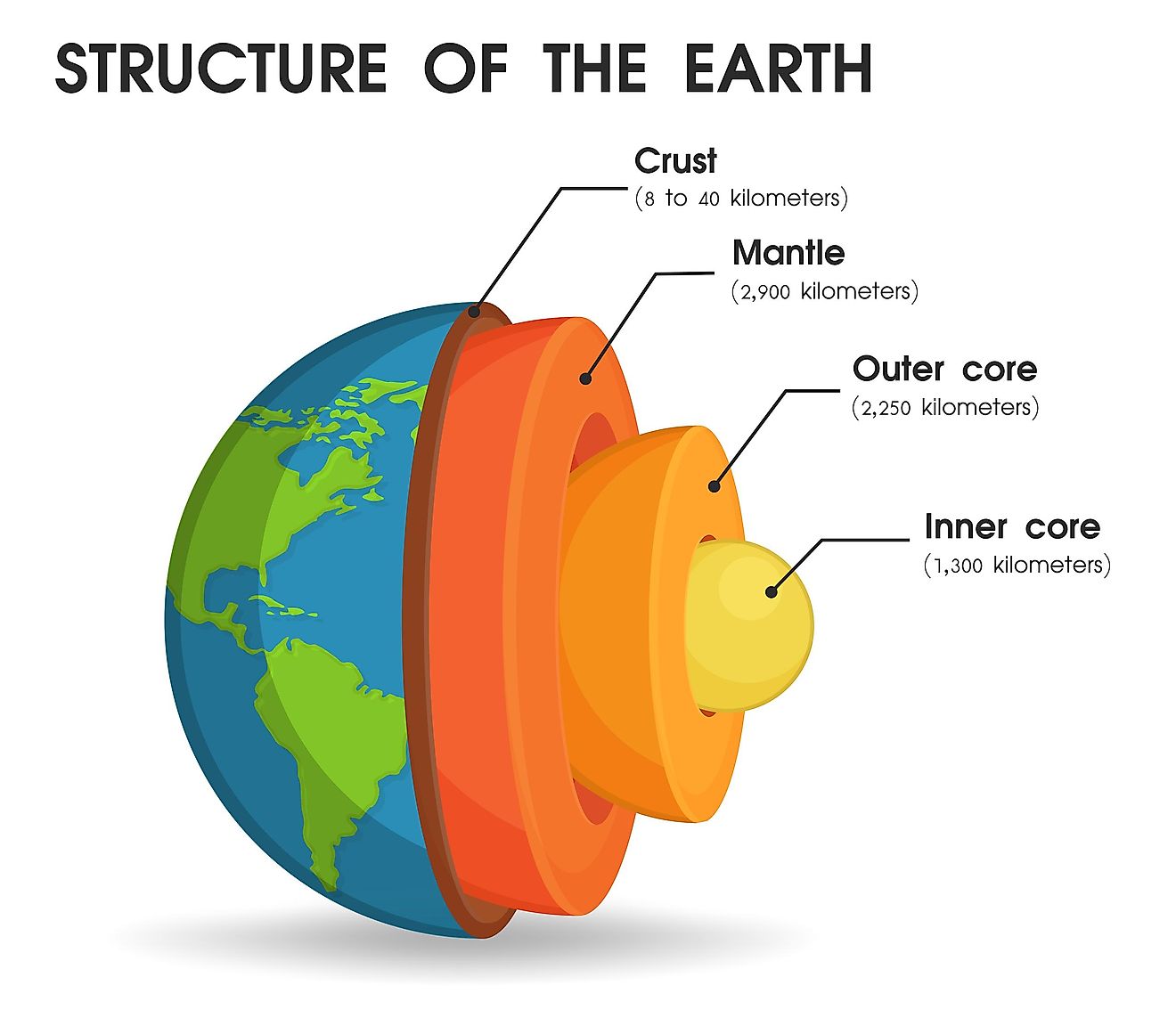
The Earth’s mantle is the thickest of the three zones of our planet. It surrounds the core and it is mostly made up of solid rock. One of its parts is extremely hot, similarly to the core. It is called the asthenosphere, and it is made up of partially melted rocks. This zone makes up 67% of the mass of our planet. Its thickness is around 1,800 miles.
1. The Earth’s Crust
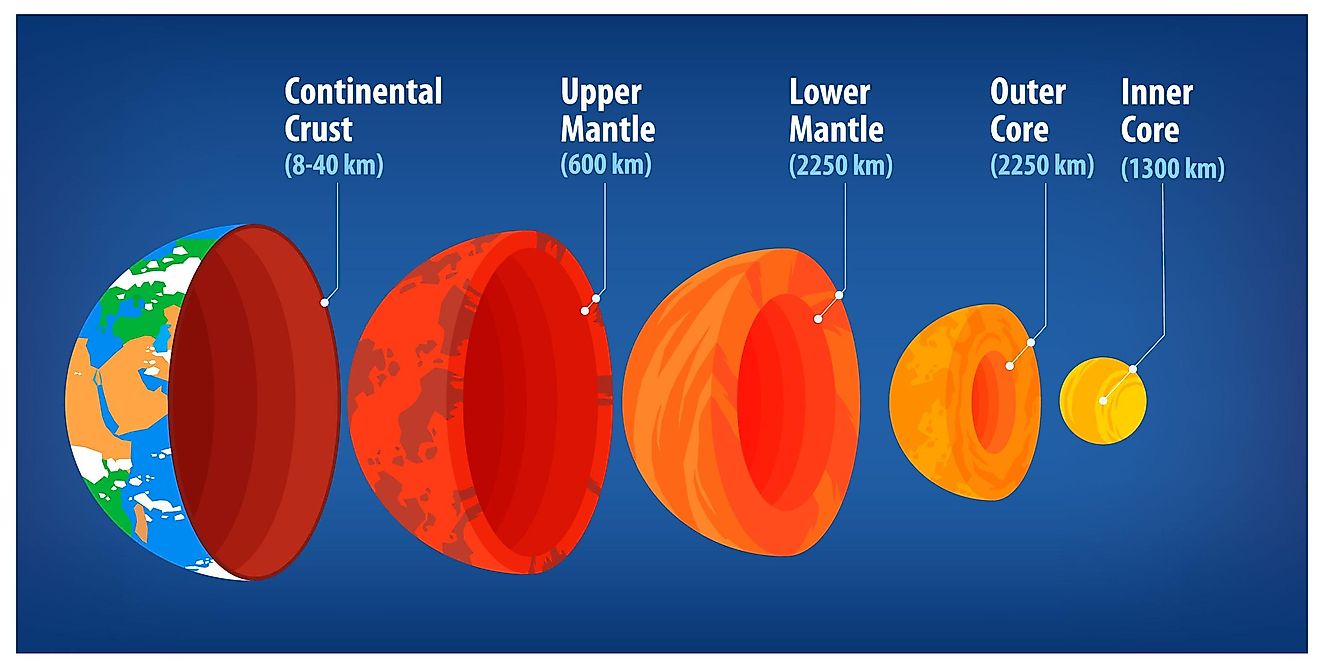
This is the outermost layer of our planet. It is also the thinnest one out of the three zones that make up our planet. The crusts can be either continental or oceanic. This layer is made up of plates that continuously move and create the surface of our planet. The reason why the plates are able to constantly move are convection cells. These cells are a special kind of phenomenon that create special currents whenever there is a difference in density between two bodies made up of gas or liquid.
